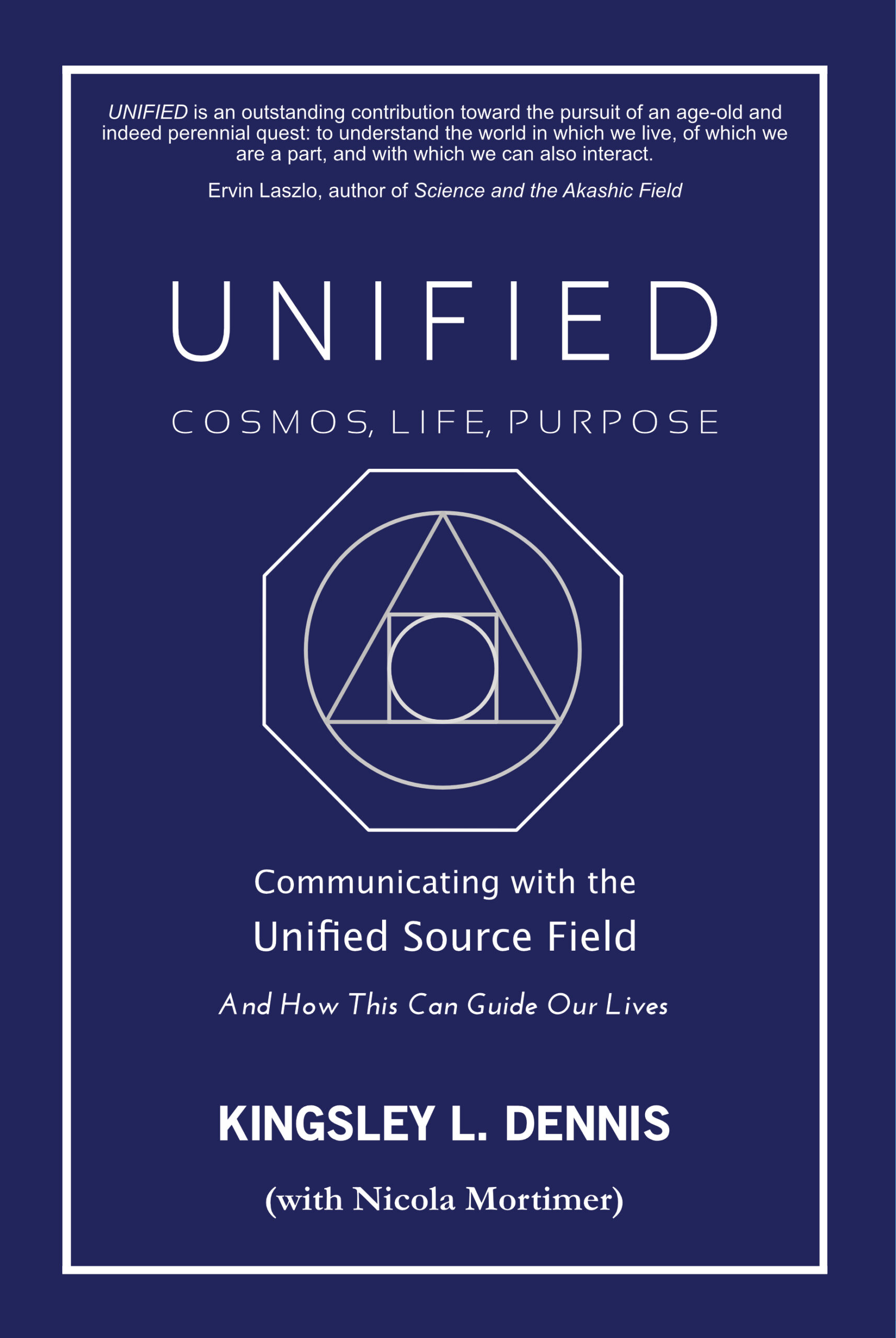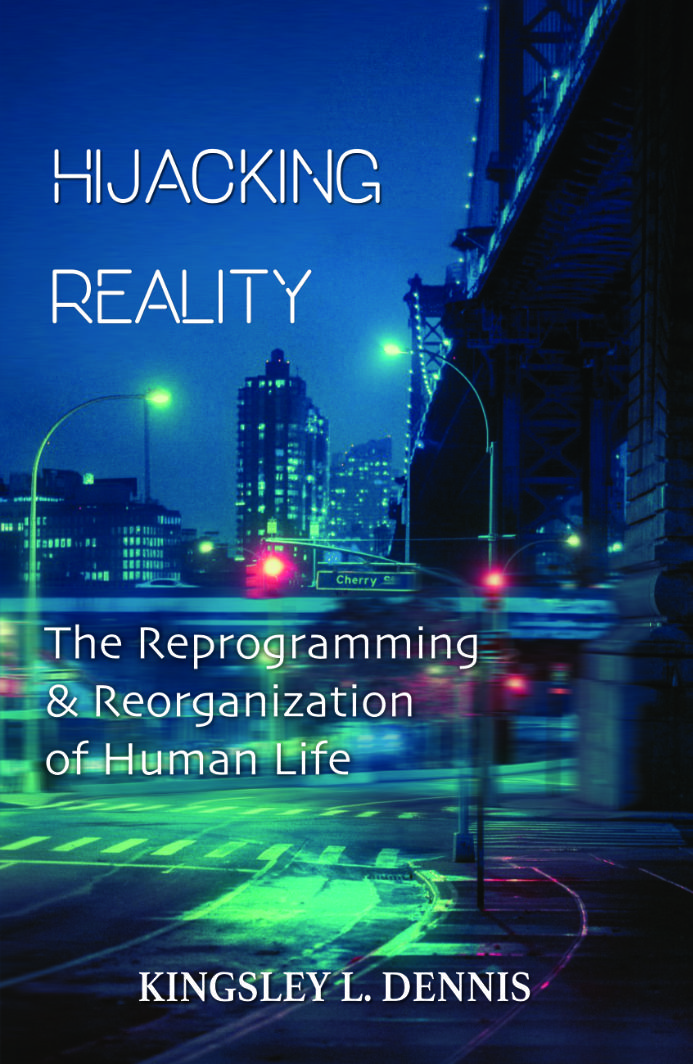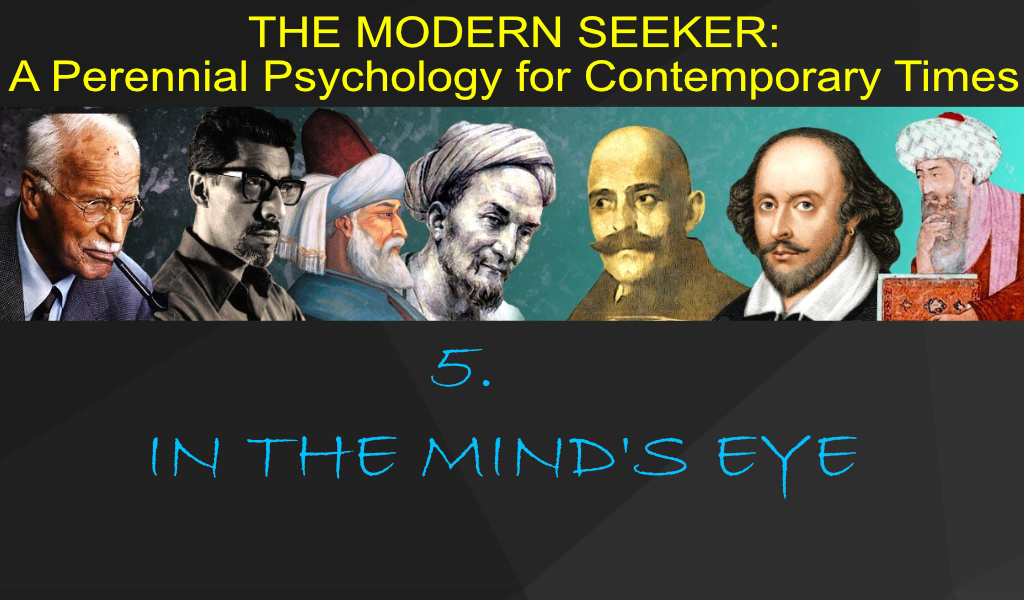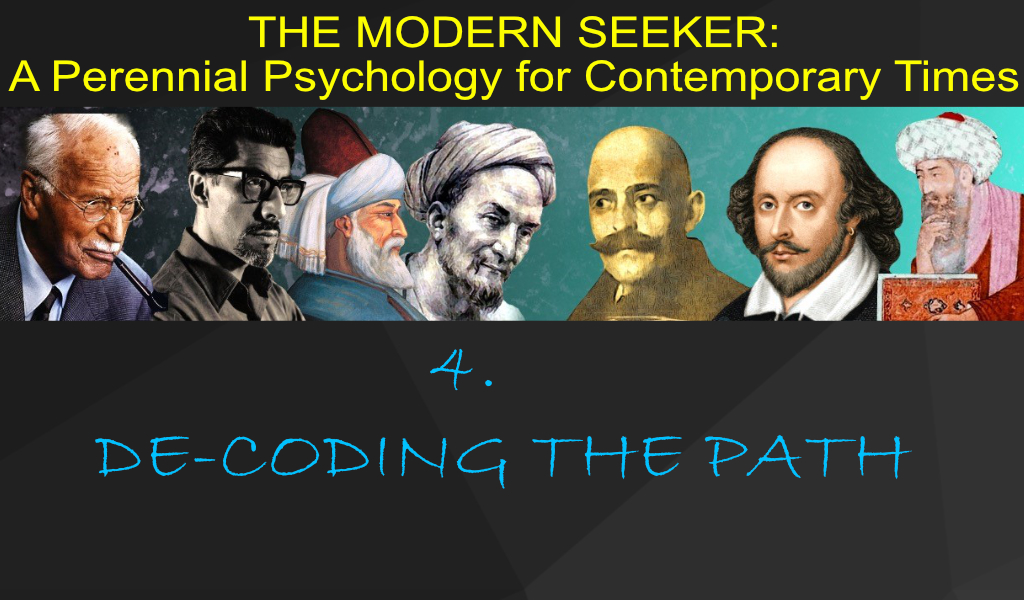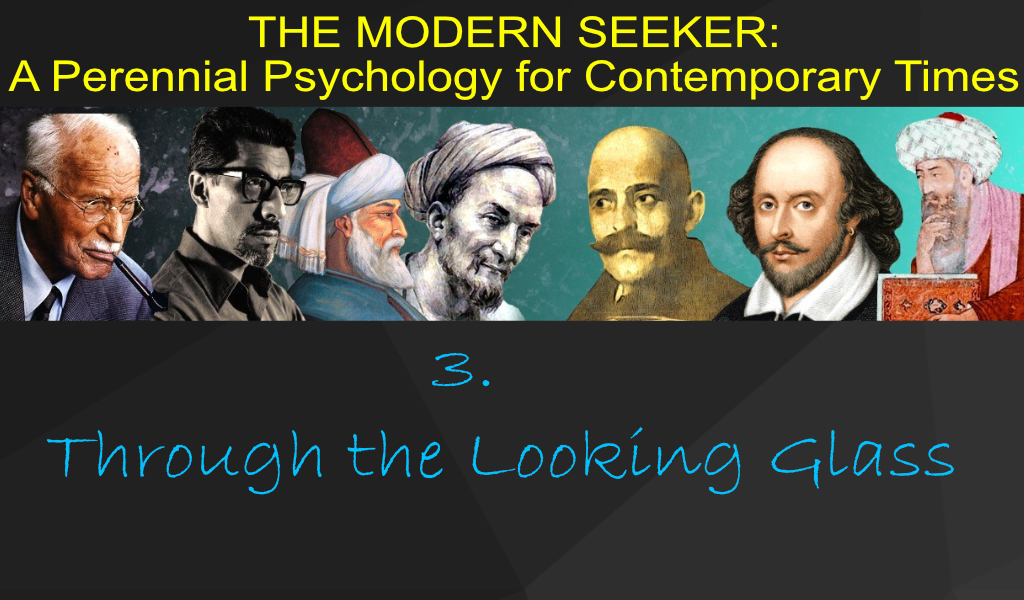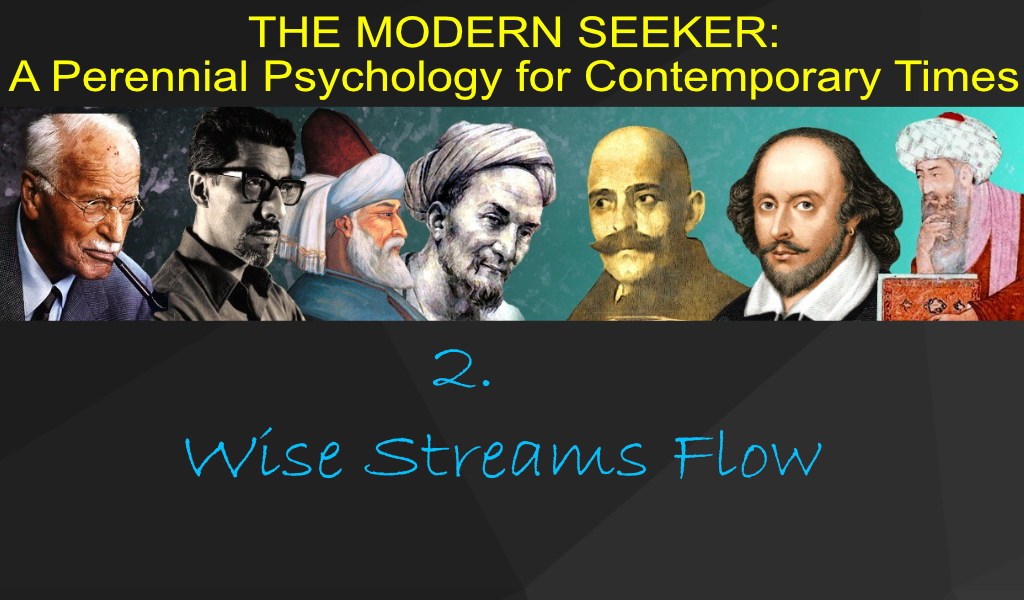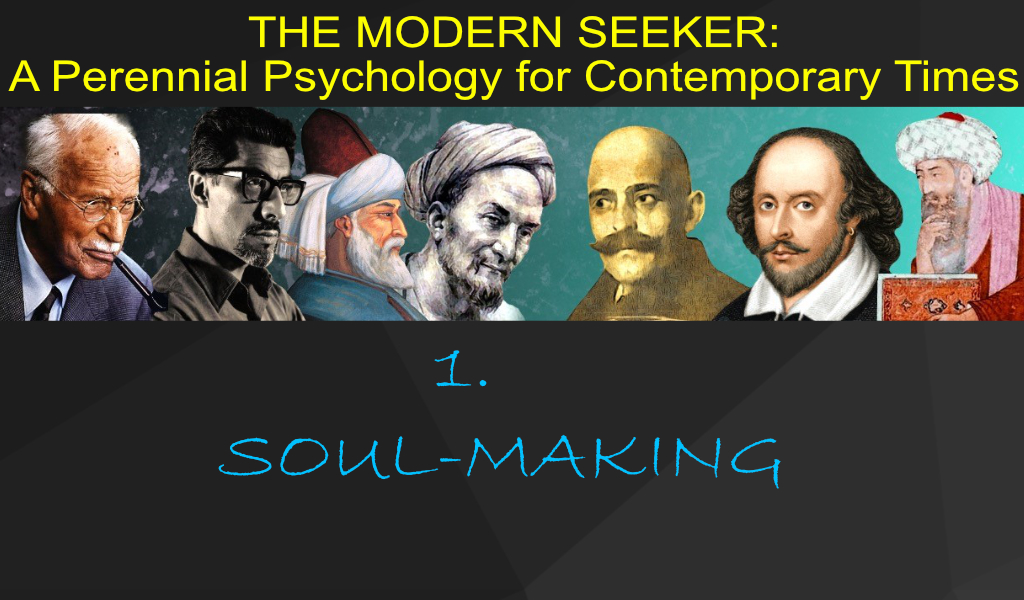Let’s be clear about this – humanity is in danger of collectively suffering from a lack of vision concerning how to approach the future. This lack could prove to work against us in that we have yet to exercise the necessary perceptual skills to visualize or conceptualize how to prepare not only for the immediate future but, importantly, for what may lie beyond the future. This may first appear to be a harsh statement to make. However, it is important that we discern what is being implied here.
We are living through an extraordinary passage of change, whereby what we do for the next 20 years, from now to 2030, will create the template for the future. And what happens between now and 2050 will be a crucial period for establishing these patterns of change and getting them in place to serve for the long run. Yet how we are able to perceive and act upon the changes ahead will depend very much upon the patterns of human consciousness; that is, our cognitive, perceptual, and instinctive structures.
One of the things I do take issue with is how many future forecasts are established upon the current consciousness or way of thinking. By this I mean that they extrapolate the future based upon what has gone before; there is a lack of ability to discern the uncertain, the unpredictable, and the unexpected. There is too much trend-based thinking going on that fails to foresee unpredictable, chaotic and complex tipping-points. This lack of foresight continues to envision a world that will go on developing within familiar known parameters. Yet it is likely that the future will show different dynamics of development: not linear but rather through states of flux, sometimes erratic. It is more accurate to say that humanity has managed to arrive at the 21st century through a growing series of critical thresholds, moving towards current global, social and environmental limits. And it is at such thresholds where new, often unexpected, arrangements are forced into being. However, since the human mindset, and especially the ‘modern’ mindset, has a preoccupation, or even obsession, with a linear view of history and progress, many forecasters are predicting various combinations upon the ‘business as usual’ model. That is, the future will be an altered or adapted variation upon the model that has served us until now. This potentially dangerous view, however, does not take into account ‘system jumps’; the tipping points (phase transitions) that characterize the fluctuations when rapid change occurs.
The upcoming decades will more likely be based around potentials rather than linear trends, forecasts and certainties. One de-limiting aspect of our current situation is the lack of vocabulary we have to describe these ‘potentials’, since our human vocabulary is mostly geared towards describing what is, rather than that which can be beyond our current frames of reference. This illustrates one of the fundamental problems we now face: we lack the vocabulary and vision to comprehend beyond our current models. What our current mindset often ends up doing is projecting, or rather extending, from present ‘knowns’, since we have not the tools to conceptualize the ‘unknowns’. Rather than taking either a leap of faith (has it often has been termed), or lacking the vision of heightened perception, we fall back onto secure terrain. The end result is a projection that is an expanded/extended version of current models rather than a new model. This also displays a lack of systemic, ecological thinking. This red-herring tendency within many thought patterns has been responsible for some heinous decisions on such matters, for example, as global energy. By taking this extended-view model we can see how the energy industry tried to carry the production and distribution model for fossil fuels over to bio-fuels and doing so by retaining much of the top-down infrastructure and control over supply and demand. The result has been the agro-fuel industry that has devastated incalculable areas of land, much of it that belonged to poorer communities in developing countries, just in order to supply western consumptive needs. It also has proved detrimental to food production in that much land that was previously utilized for growing crops for human use were suddenly switched – amid the bio-fuel zeitgeist – over to growing crops for fuel that in many cases have proven to be more energy intensive than the energy they will finally produce. This mindset is indicative to how human cultures have operated for millennia. At its heart lies a form of visionary idleness. And it operates like this:
if we adopt the methods or frameworks which have been developed by a set of people/institutions and/or cultural settings from before, then these idea-sets will eventually take over the current model and transform it as a reproduction of past ideas.
This has been seen throughout our cultural history; namely, that when an institution adopts the structures and procedures of another or previous one, it will end up by resembling the previous one far more than itself. This is shown in our economic, cultural, social and political systems. If new developments and original ideas are to flourish then they need a completely new structure, methods, and procedures. Structures originally built for one kind of thinking will always produce the same ends, albeit in a different guise. This is part of system containment, and is also an implication behind why we are coming up short in our human vision to perceive the future. This, I propose, is the weakest link in the chain of human vision. Buckminster Fuller summed this up neatly when he said: ‘You never change things by fighting the existing reality. To change something, build a new model that makes the existing model obsolete.’ Bucky knew very well that by fighting the existing system we are in fact validating the structures and processes that make up the very system we are opposing.
Let us be clear that ancient systems do not work in modern times if they have not been modified according to specific current factors. We often believe the old adage that ‘if it worked for us once, it will work again’. Yet these are primitive and superstitious beliefs; and beliefs are just that – they are neither fact nor necessarily true. When faced with a time or epoch that requires radical change we must begin to enter a period of mental pruning – a stage of ‘cutting back’ our outmoded belief-systems, ideas, priorities, and excesses: a pruning back of our delusions. If we don’t then we are, as the Chinese aphorism aptly described it, in danger of ending up exactly where we are heading.
Let us take another look at this situation by citing some future technological forecasts that were recently published in a New York Times article ‘Predicting the Future of Computing’ (December 5, 2011). According to this timeline (agreed by a collective of opinions) we may have the following:
2048 – Everyone Telecommutes: Networked collaboration obsoletes the notion of a 9-to-5 job, spurring a redistribution of the world’s population based on the ease of working selectively and remotely.
2094 – Post-Scarcity World: Abundance happens. Digital and physical sciences produce abundance so great that wealth becomes meaningless as a difference between people.
2146 – A.I. Government: For the first time, a municipality will be governed by an artificial intelligence.
2280 – Telepathic Society: Thought-based communication surpasses spoken and typed communication.
These technologically driven speculations are linear extensions based upon present ‘knowns’ of computer trends. Like many futurist forecasts there are no systemic contexts or space for visionary potentials. And yet just how do such people think we will have achieved a ‘telepathic society’ by 2280? Since this is a technology-driven future forecast then I presume it will be by some form of wireless implanted nodes in our skulls. The question we must ask ourselves: just what would we do with a telepathic society?
It has been extensively documented that various government and private projects have been working on the phenomenon of Remote Viewing (RV) since at least the early 1970s. Remote Viewing aims at developing the capacity to perceive events at a distance beyond the constraints of time and space. Huge leap forward for human evolution and civilization one might think – and yet what have been the major uses of this incredible capacity? Mainly, highly classified military projects; people trained to spy and to search for ‘enemy’ weapons; and for – wait for it – browsing around the moon. Is this a foretaste of how our developing capacities will be put to use?
The extended-view model is a continuation upon current models that are themselves based upon, or are appropriated forms of, more ancient patterns of thinking. Human perception has yet to be developed to a degree that it is able to consistently and naturally perceive patterns and potentials that lie beyond the future. This is a significant issue for us in light of what many have termed as the Technological Singularity. Yet I argue that what we face first is a Perception Singularity: a boundary beyond which events cannot be perceived by the observer. In effect it is a perceptual and mental ‘event horizon’, beyond which the future becomes difficult to understand or predict. Linear models do not and cannot operate beyond this boundary; this is part reason why our vocabulary is proving inadequate to even begin to conceptualize the potentials that exist within a clearly different model.
This desire for the extended-view model represents within humanity the often unacknowledged wish for permanency – that what we have attained can be kept and applied forever. We can call this the syndrome of the ‘permanent apple’, whereby we want to have the apple forever in our hands, yet unable to taste it we lack the benefit of its nutrition. We possess the object yet fail to grasp its intrinsic value because we want to hold onto it forever rather than munching into it. A similar analogy is of having the vision to teach a child to crawl yet not continuing to the point where the child can walk. If a generation of thinkers are taught that the goal is to crawl rather than walk, what will be achieved? It is evident that we need to surpass the crawling stage. We are living in a world where our preparations have become our objectives. This is no longer good enough.
If human society, on a collective level, is going to develop strong and healthy beyond the next 50 years then we need to begin radically stepping out of our linear shoes and into perceptual heights. We need to usher in a new vocabulary and way of thinking – a thinking that rejects the old paradigms in favour of new models and abstract, creative ways of working in harmony with all parts of the global family, both natural and manmade. Rather than repair and mend the old, we now need to admit that we have to build afresh. The 21st century is an opportunity for a new visionary blueprint for taking human civilization forward into its next creative and evolutionary leap. What we choose to do now will impact our survival during this next phase. We either shift into a new model, or find the current one is a sinking ship we were too idle to do anything about except patch the holes a thousand times until it sank.
I know there are already many people who are building new rafts and teaching people to swim. Let us join the ship-builders.



